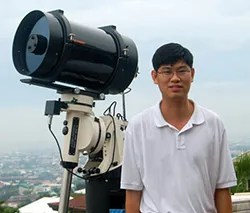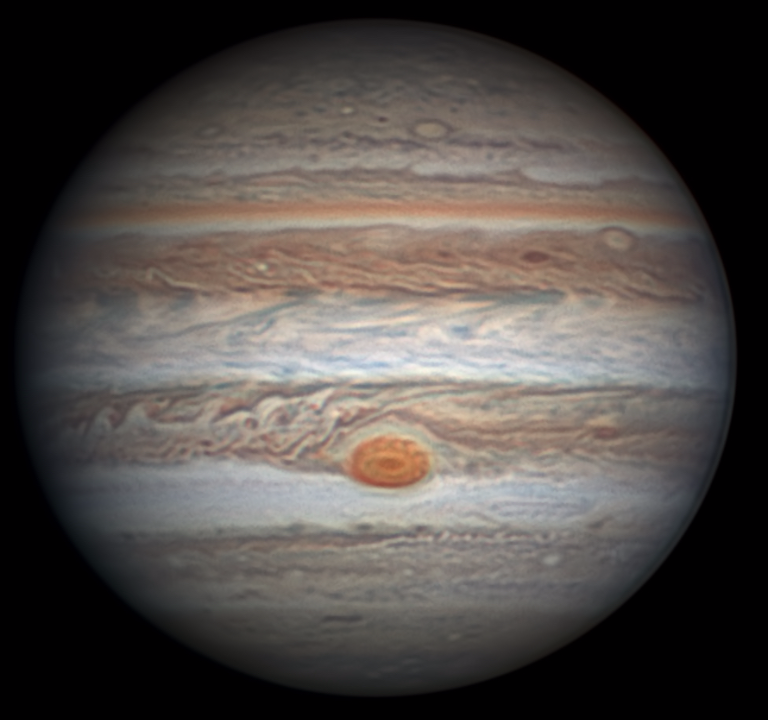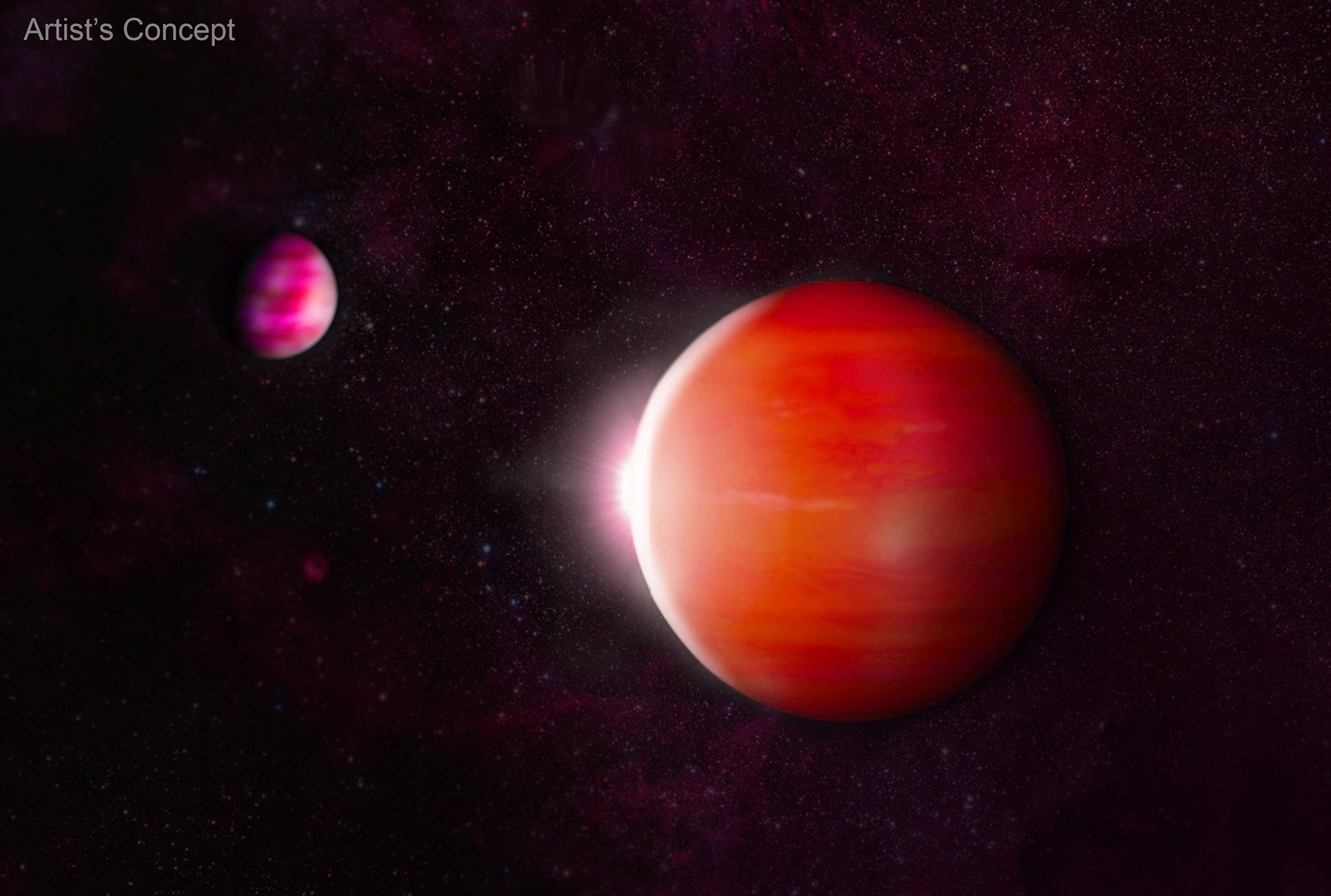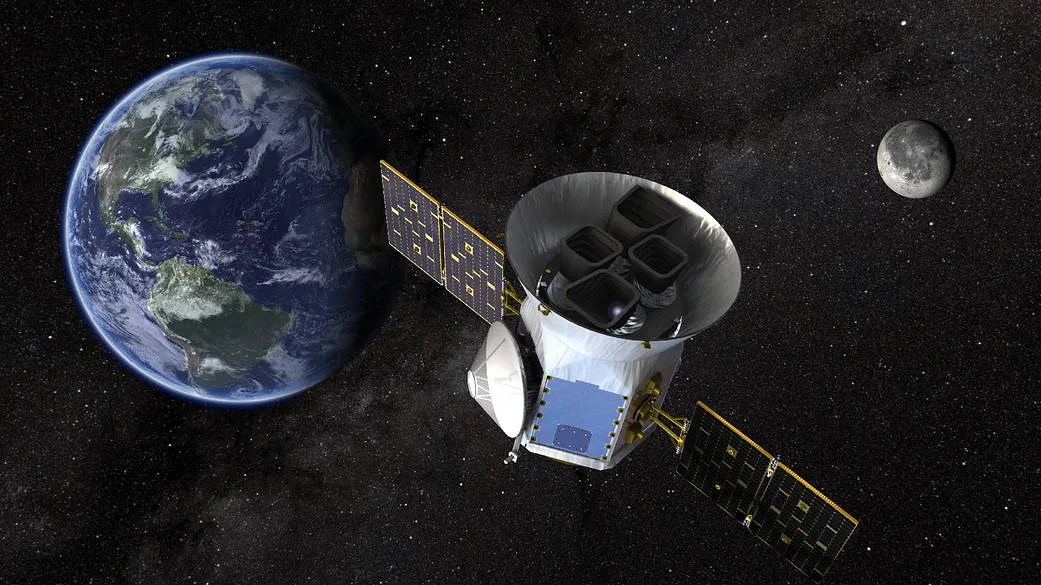2 min read
Location

Cebu, Philippines
What do you study?
I take high-resolution images of planets, particularly Jupiter, Saturn, and Mars, as well as Uranus and Neptune.
Why do you do citizen science?
The number one reason I do it is for fun. It’s my hobby, it’s something I enjoy doing. The second reason is the excitement of contributing to science. Amateur astronomers are basically filling the gap of what professionals can do. There are a limited number of telescopes available these days around the world and thousands of astronomers vying for time. For example, with the Hubble Space Telescope, they receive about 5,000 proposals annually, but only about 100 are accepted. In the case of amateur astronomers, we can image every clear night and provide the data to professional astronomers. Our quality is very high.
What’s your day job?
I run a furniture company with my wife. We’ve been doing it for about 26 years, since 1992.
Favorite contribution you’ve made?
My favorite contribution is to provide high-quality images of planets. These images are used for long-term research on the weather patterns of Jupiter and Saturn. I have also made some major discoveries, like the second red spot of Jupiter, known as Red Oval BA or “Red Spot Jr.” In 2010, I was the co-discoverer of the first impact site detected on Jupiter. I twice discovered the outbreak that led to the revival of the south equatorial belts on Jupiter. The time that amateurs have, we get to sometimes be the ones that make the discoveries and then the professionals take over.








